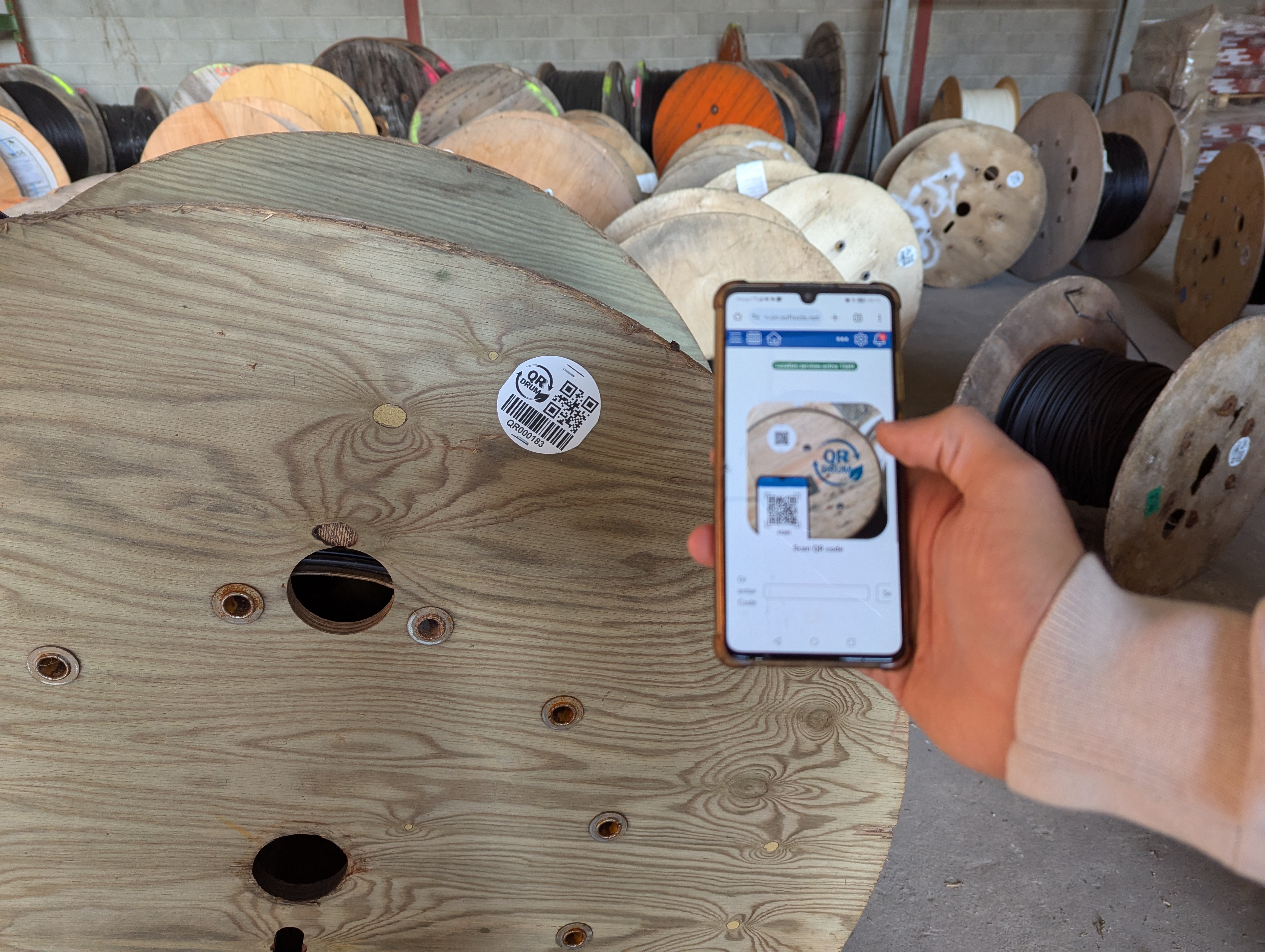The integration of Quick Response (QR)-based tracking is helping FTTH network builders cut fiber waste by 50 percent or more, for example, ensuring that excess material is repurposed rather than discarded.
still room to improve, McKinsey & Company says that while some companies have made progress on emissions from their operations (Scope 1) and those from the energy they use (Scope 2), “few have
squarely taken on the much more challenging emissions from their value chain (Scope 3)”. It says that they should focus on major sources of Scope 3 emissions, such as sources of network
equipment, and construction materials, as well as the services provided by third-party companies that build and operate telecom networks.
For the fiber industry to approach both the financial, regulatory, and market pressures to become more sustainable, working collaboratively will be key.
Sustainable growth through collaboration
As the FTTH Council Europe Sustainability Committee Chair said, as operators aim to reduce their suppliers’ Scope 3
emissions (scope 3), there is an opportunity “to start sustainability projects with each other so that there is a win-win situation for both parties”. Likewise, McKinsey’s report says that
“telecom operators cannot decarbonize their Scope 3 emissions on their own—they will need to partner with their suppliers and customers on these efforts.”
Collaborating with partners throughout the value chain provides access to innovative technologies, forward-thinking programmes, and knowledge on cutting emissions. For example, FTTH Council
Europe has launched initiatives such as the Eco Platform. This allows companies to share environmental, social, and governance
(ESG) best practices, build a database of detailed carbon intensity information for all products - essential for precise Scope 3 reporting - and offer
preferential access to consultant services and a dedicated tool for organisations measuring their carbon emissions for the first time.
Solutions such as real-time tracking, optimized inventory management, and stronger recycling incentives have emerged as tactics for minimizing environmental impacts while ensuring a more
efficient fiber rollout. For example, the fiber sector has developed digital solutions capable of enhancing stock management and optimizing fiber rollout strategies. Real-time tracking and smart
logistics are playing a crucial role in minimizing waste, ensuring that network builders only use what they need, when they need it. These digital tools also help operators comply with the
aforementioned sustainability regulations that have become stricter in recent years.
Innovation is key
One of the most promising innovations in this space is the digitization of the cable unwinding, which enables precise monitoring of drum and cable usage and allows operators to track fiber
resources with an accuracy of one meter. The integration of Quick Response (QR)-based tracking (Figure 2) is helping FTTH network builders cut fiber waste by 50 percent or more, for example,
ensuring that excess material is repurposed rather than discarded. Many tracked drums are thus returned to the warehouse for future use. The result: cable drum management becomes more efficient,
facilitated by digital tools, allowing companies to recover value from unused materials, reducing financial losses and environmental footprint.

Figure 2: QR-code cable drum tracking in action.
Credit: ACOME Group
Industry testing has already demonstrated the potential of these smart tracking systems. By implementing real-time visibility tools, operators can significantly reduce overordering and improve
the utilization of existing stock. Digital solutions also enable companies to predict stock requirements more accurately, avoiding unnecessary production and reducing emissions linked to
manufacturing and transportation.
Beyond digital tracking, several telecom companies are exploring recyclable alternative materials for fiber optic cables. These efforts are part of a larger movement toward a circular economy,
where materials are reused rather than disposed of.
Not just an option, but a necessity
Sustainability in broadband infrastructure is no longer an option—it is a necessity. Telecoms companies - as publicly traded, consumer-facing, for-profit companies – can benefit from improving
sustainability as it can help comply with regulations, attract subscribers, and strengthen financial performance. The shift to fiber networks presents a valuable opportunity to reduce
environmental impact, but only if resource management is optimized to minimize waste and a circular economy is adopted. By leveraging smart tracking solutions, digital tools, and industry
collaboration, network builders and operators can improve their sustainability – both environmentally and financially.




















